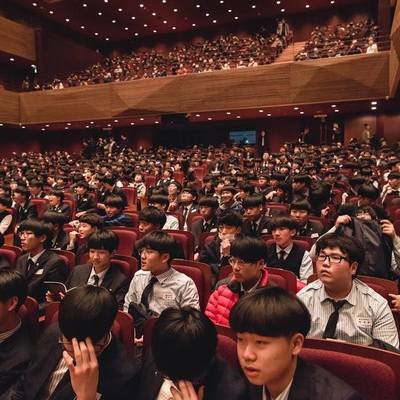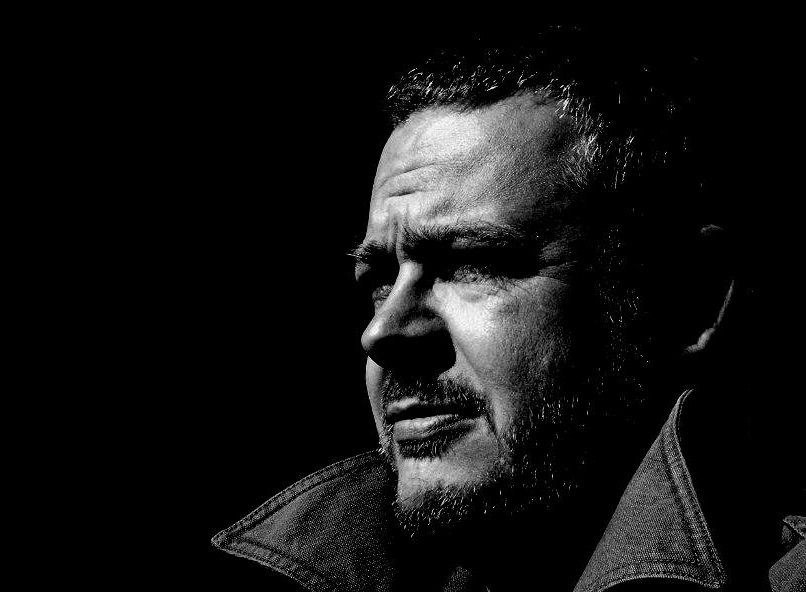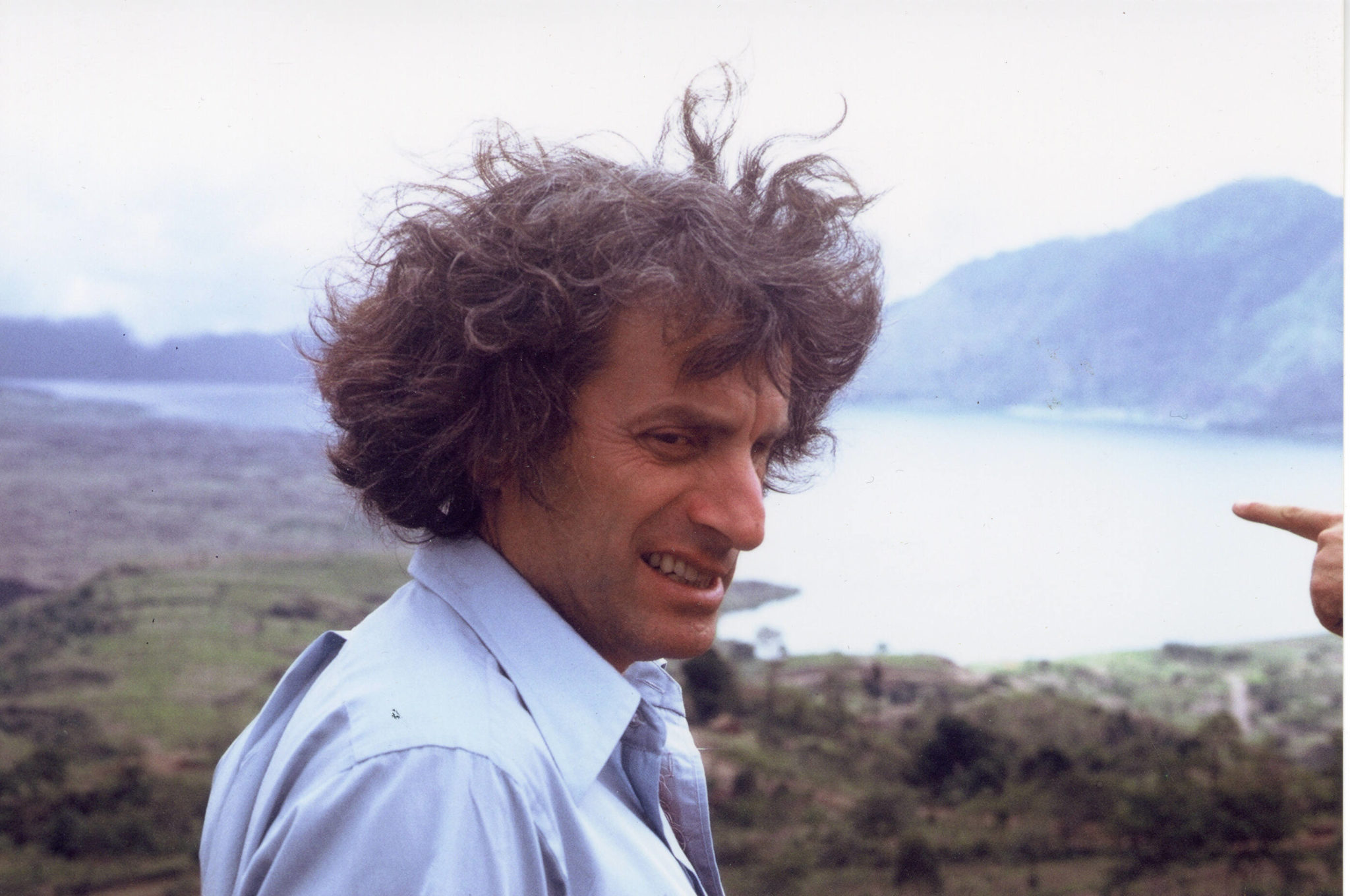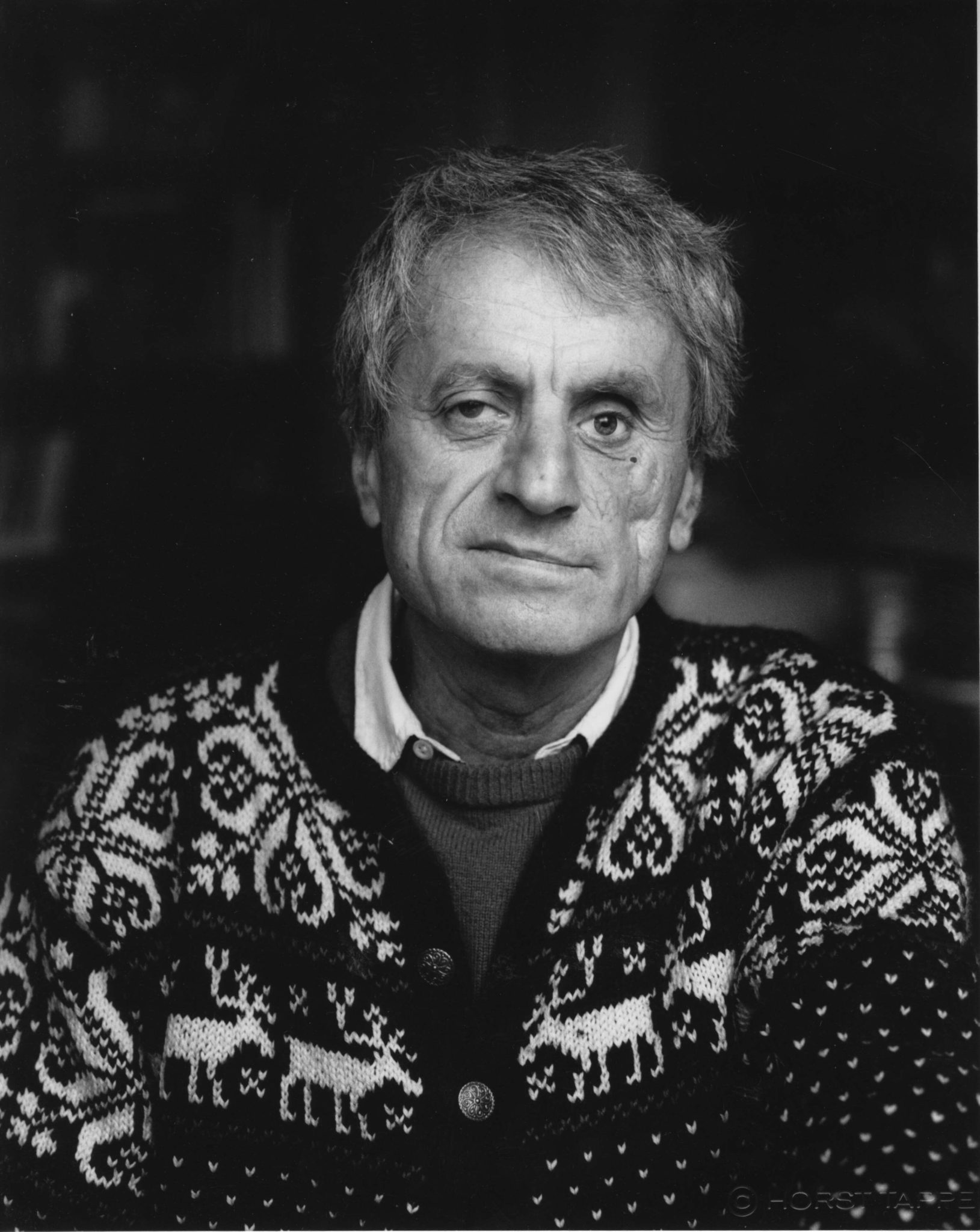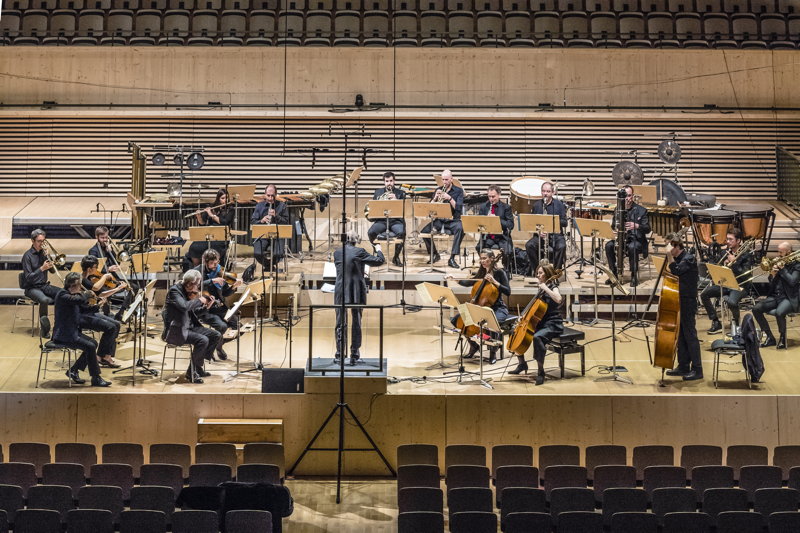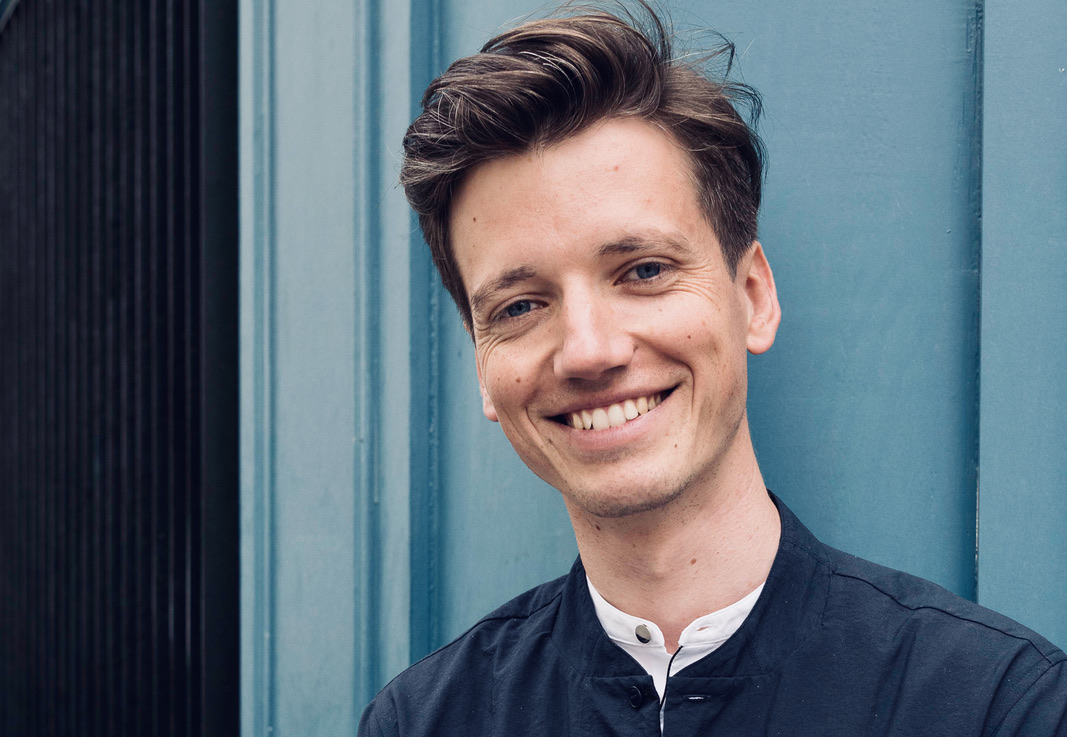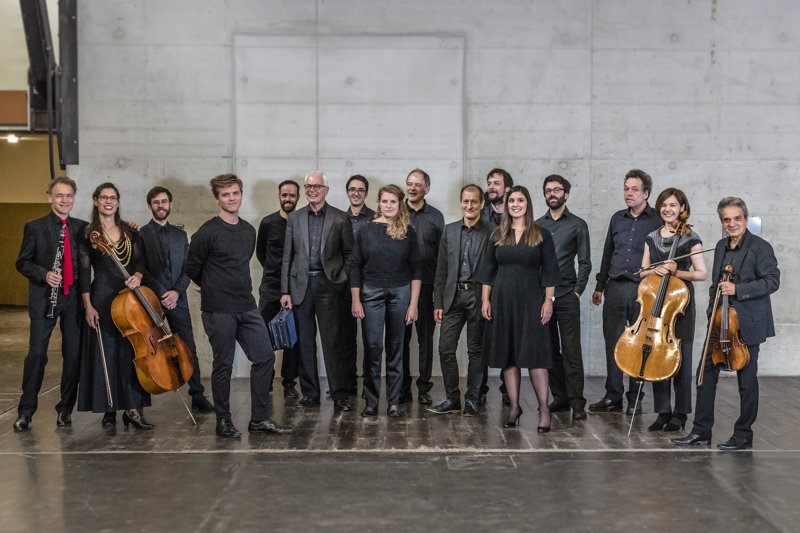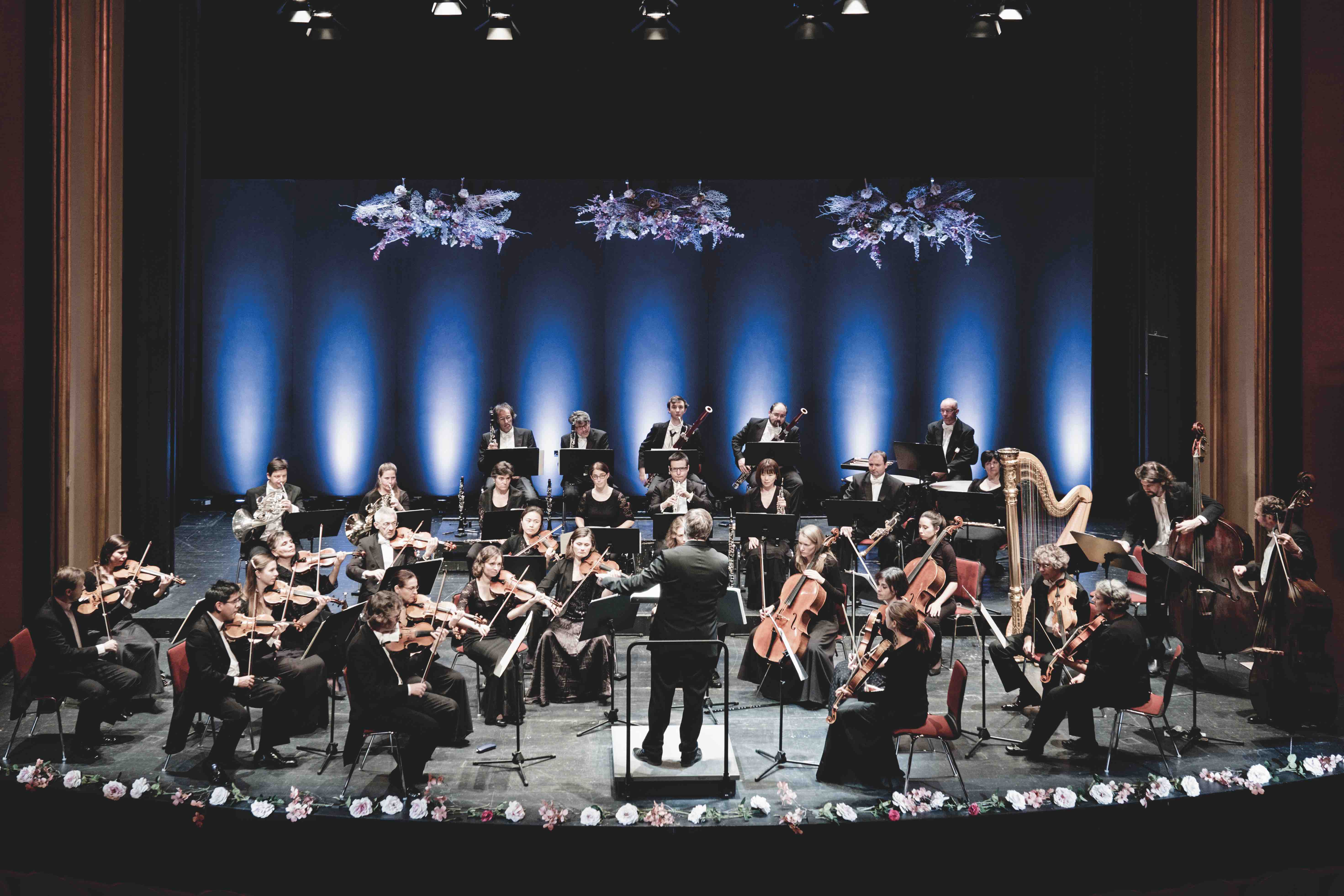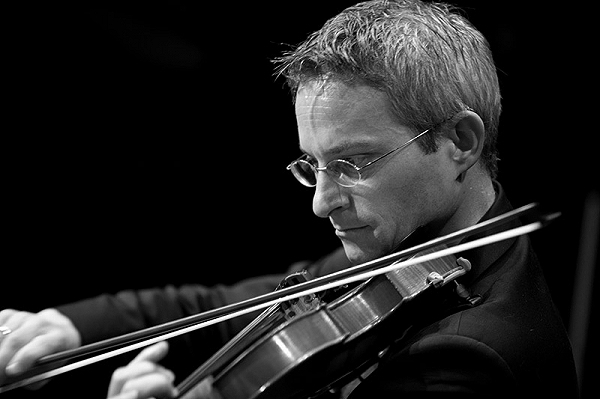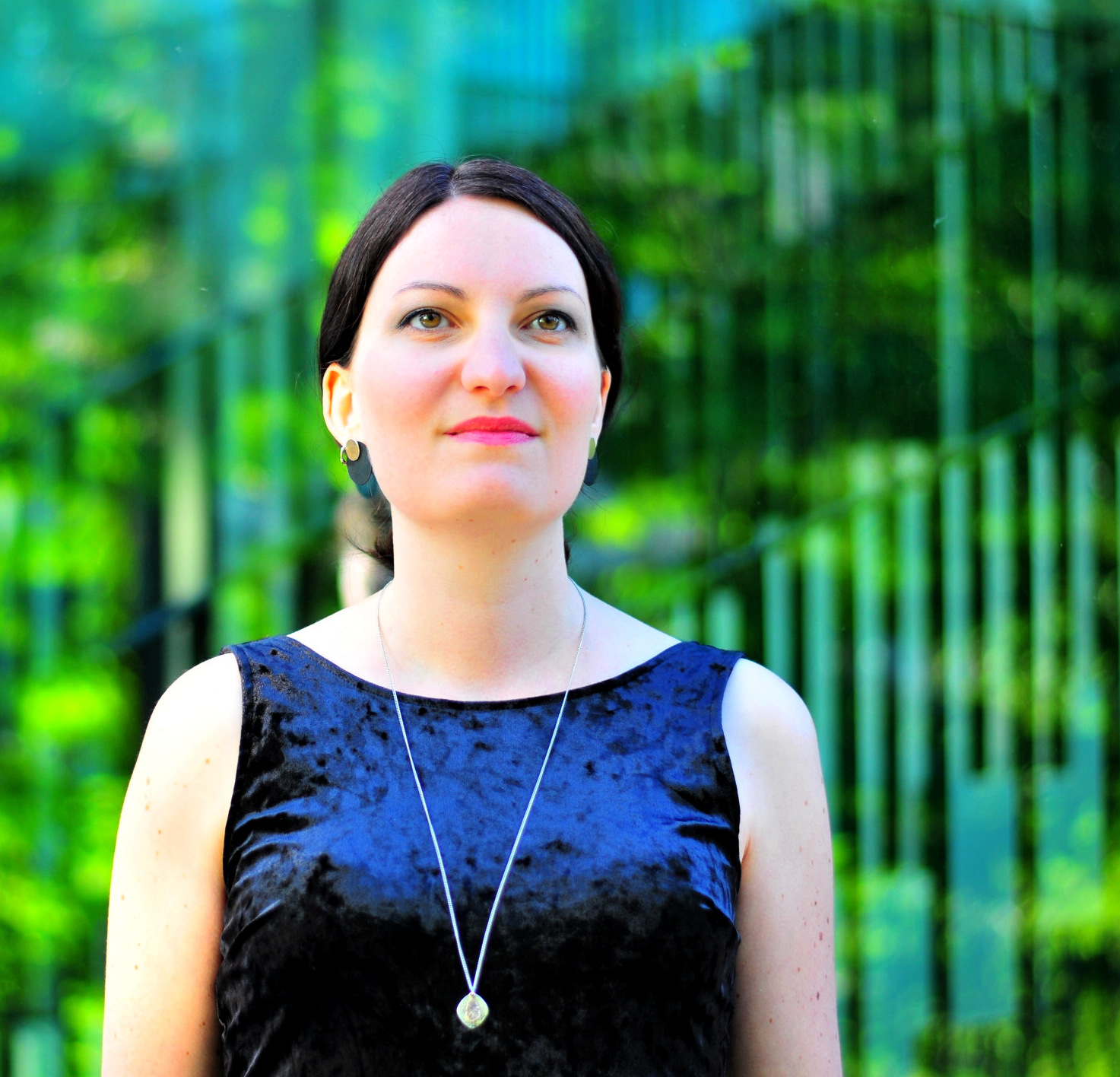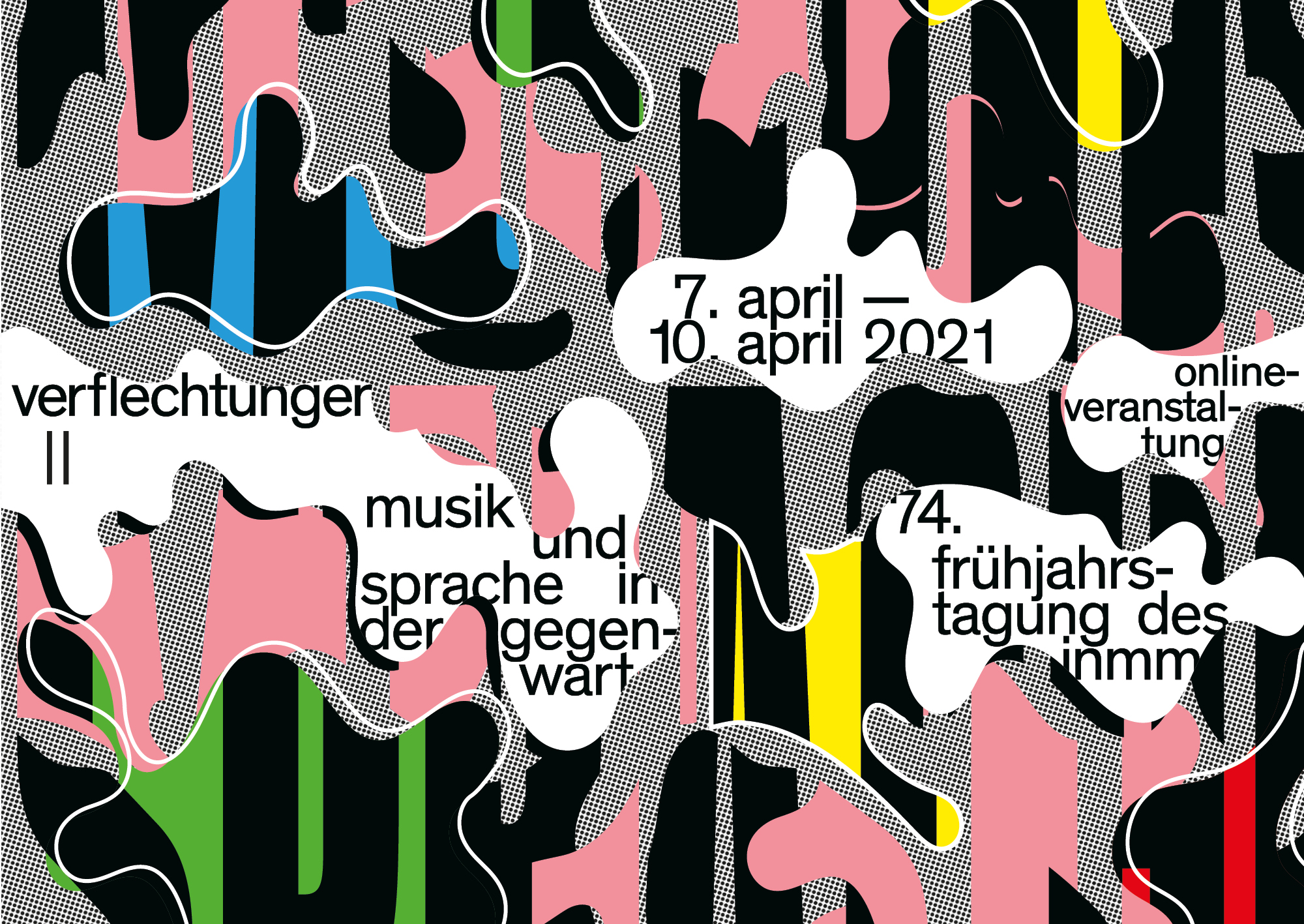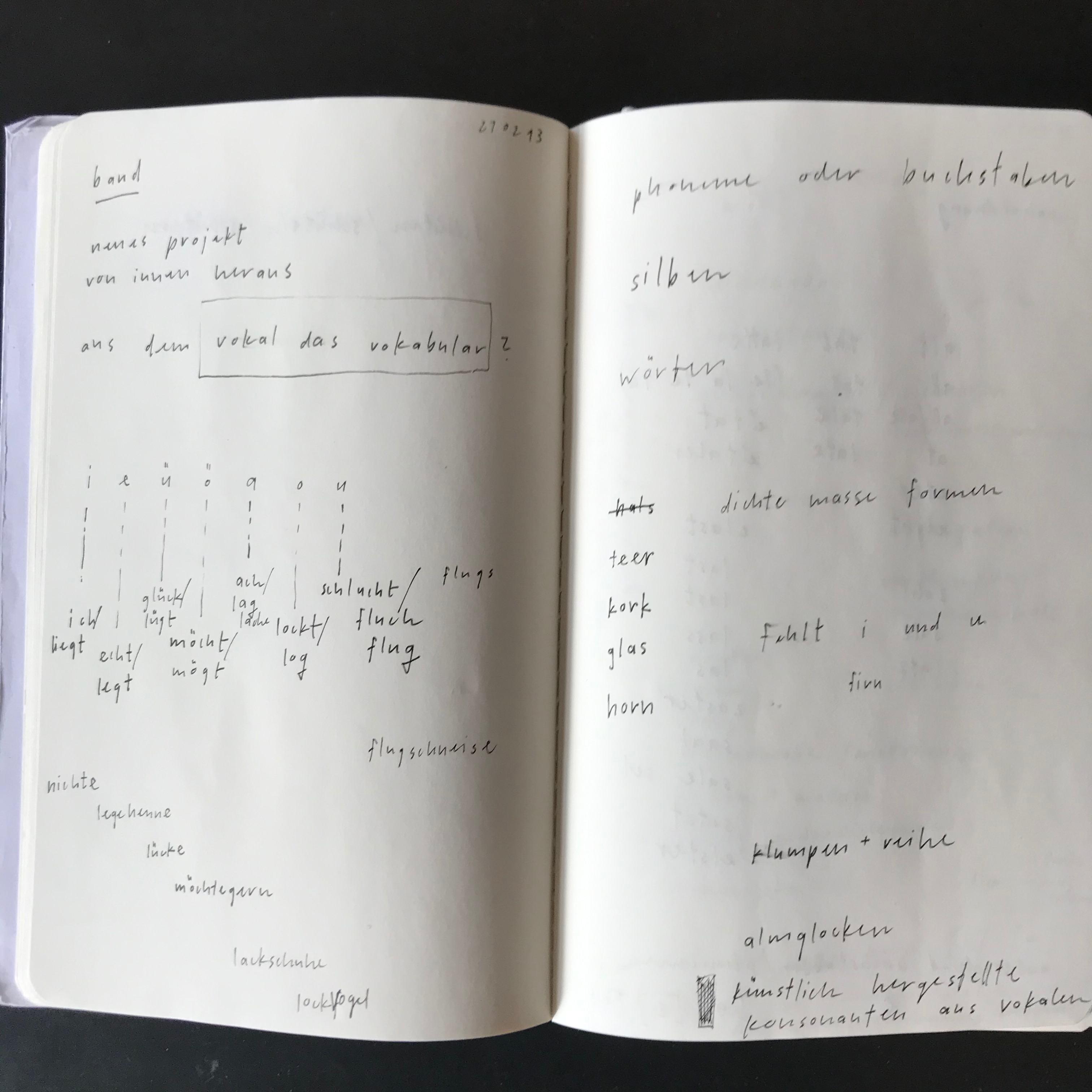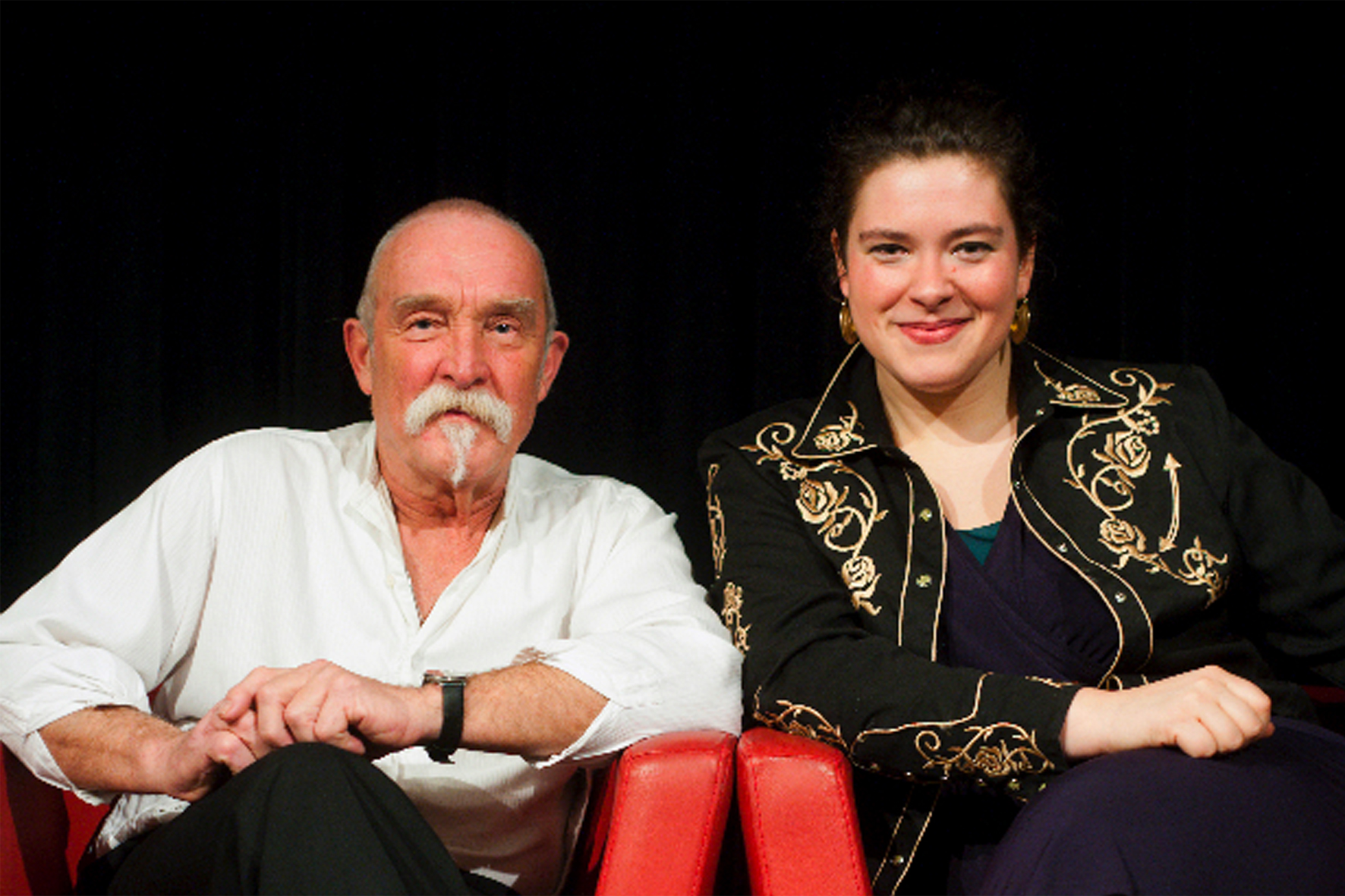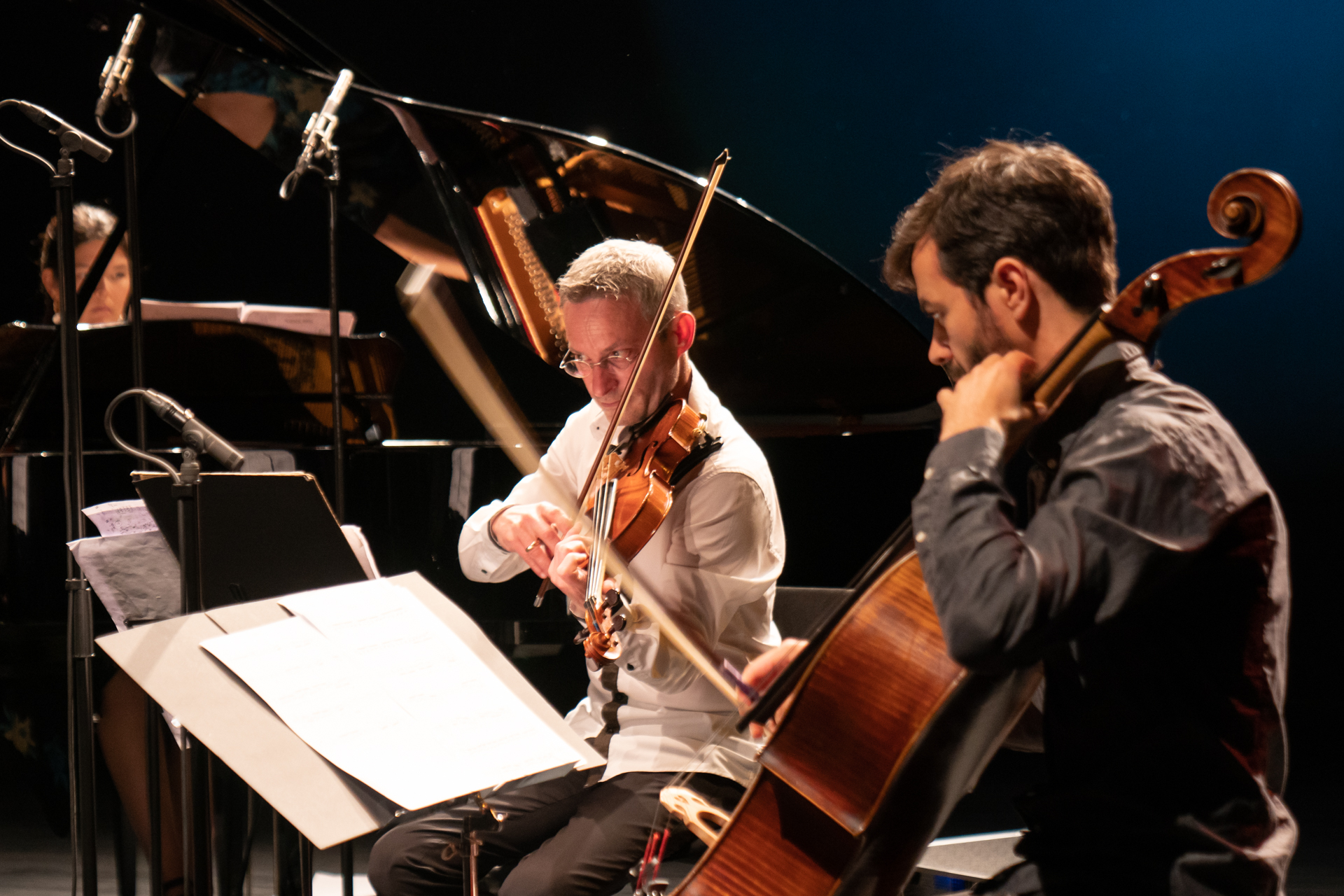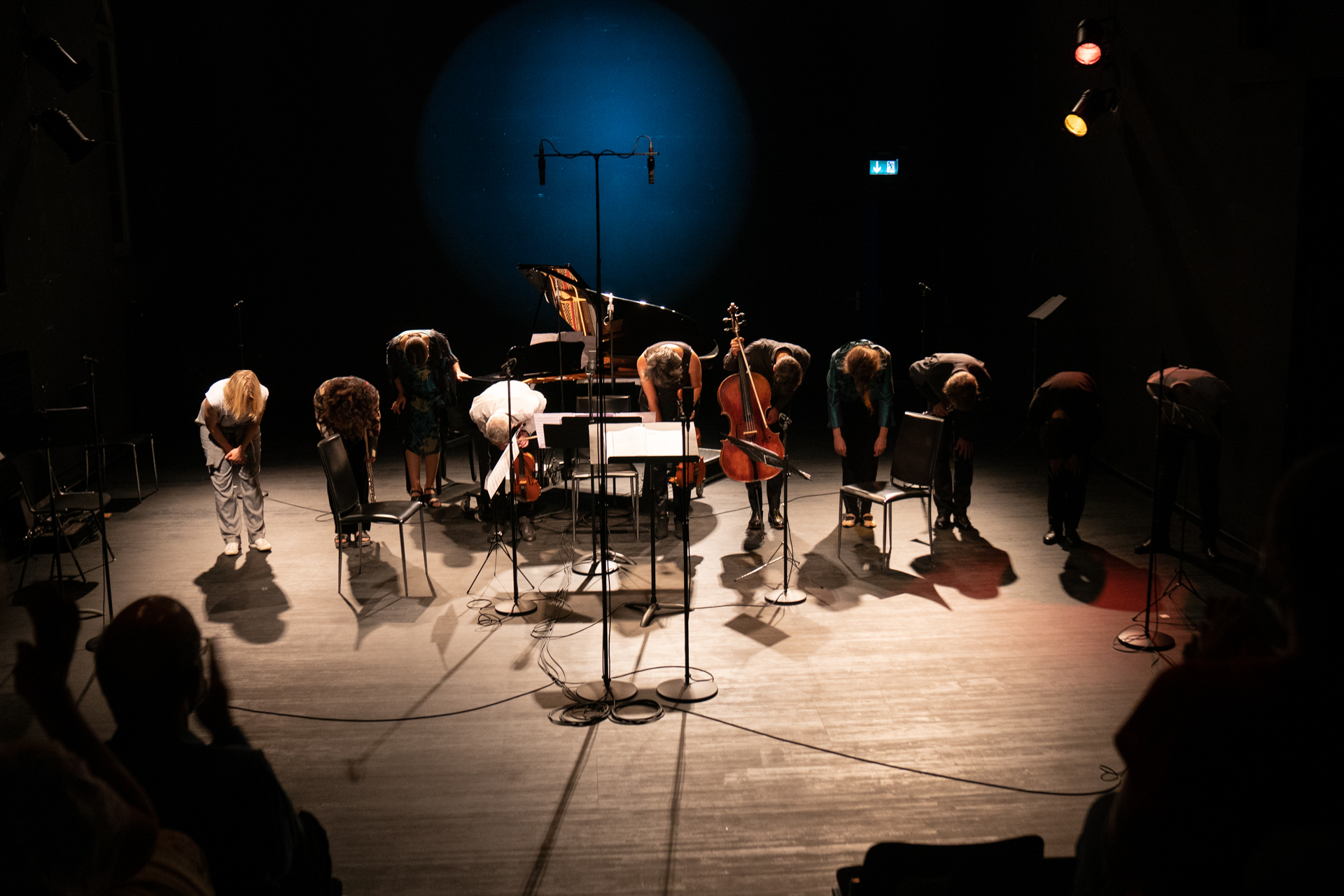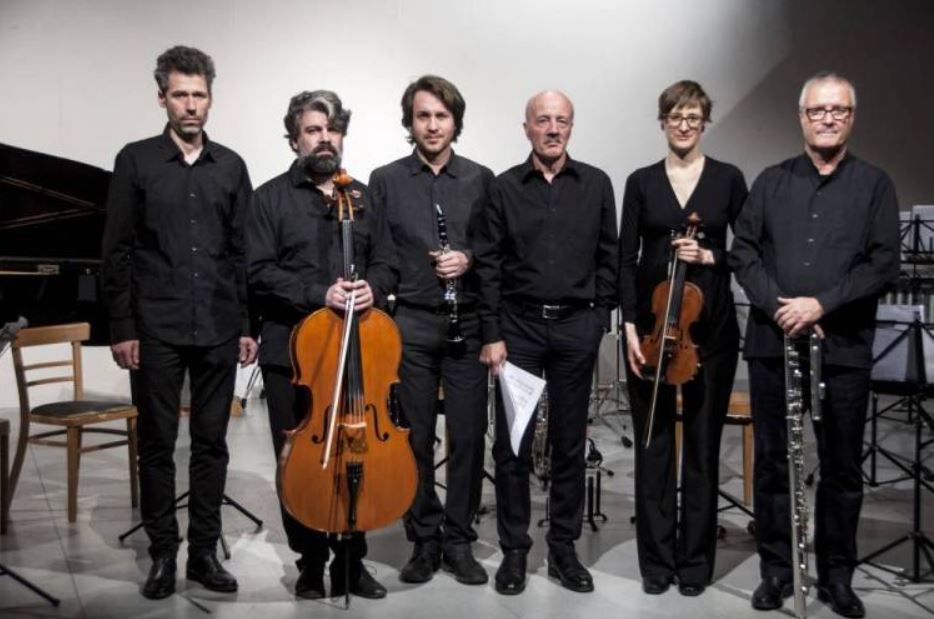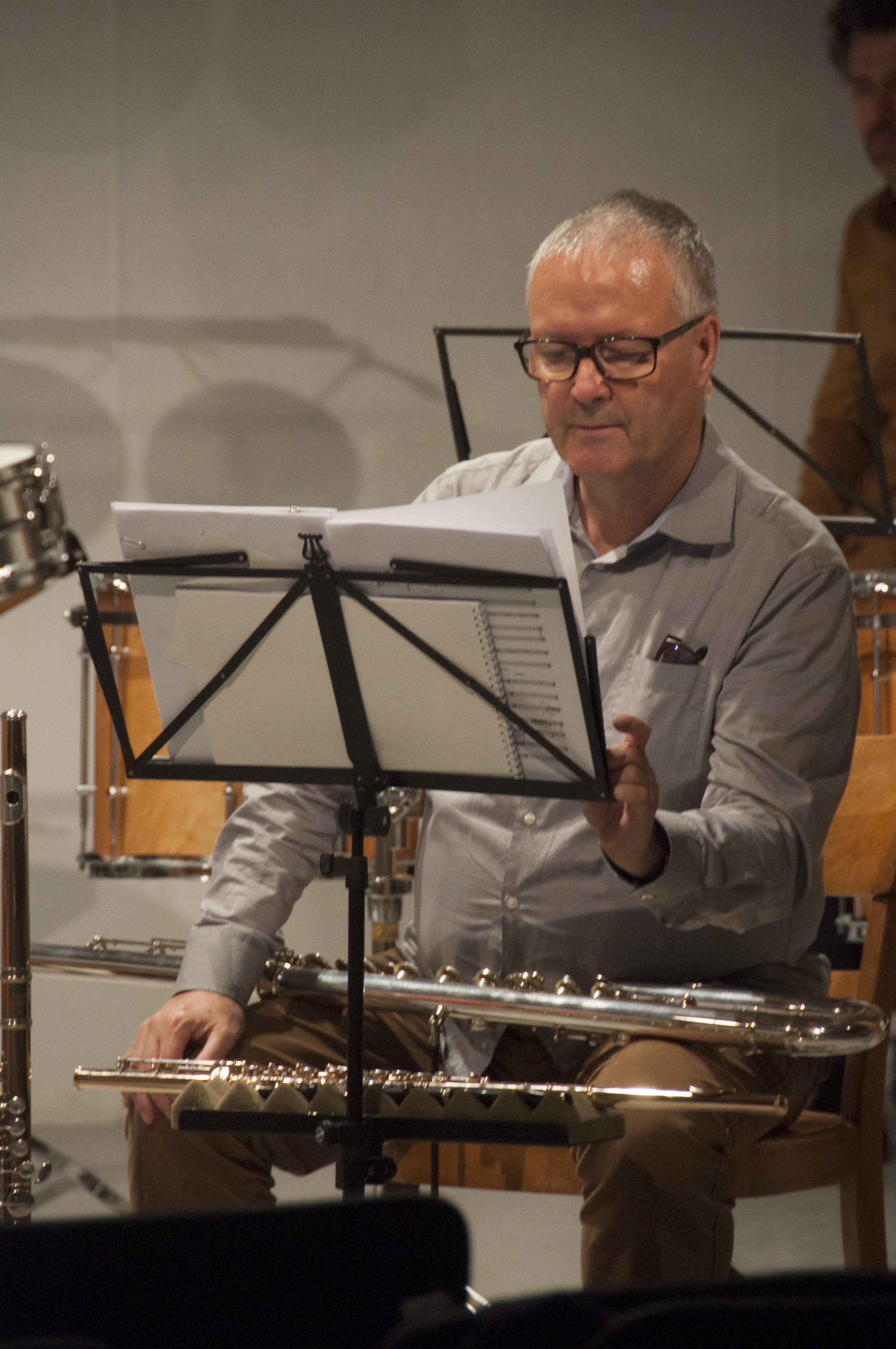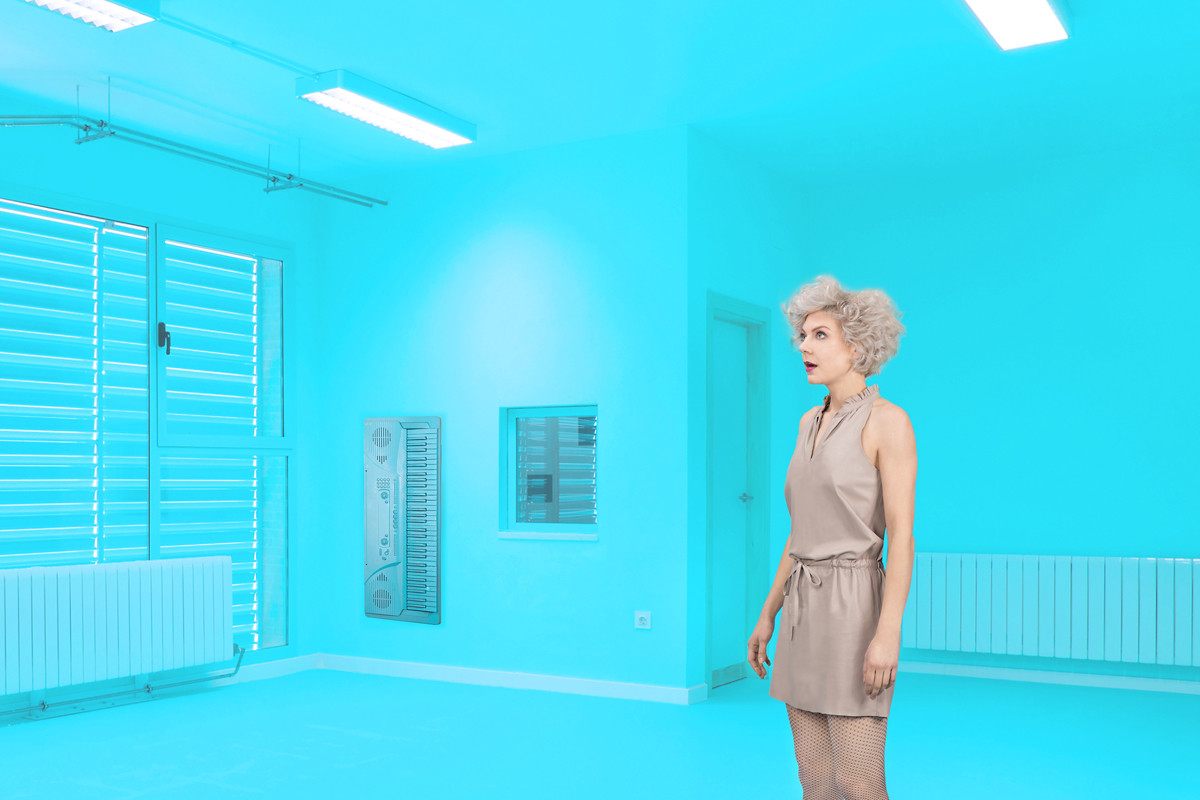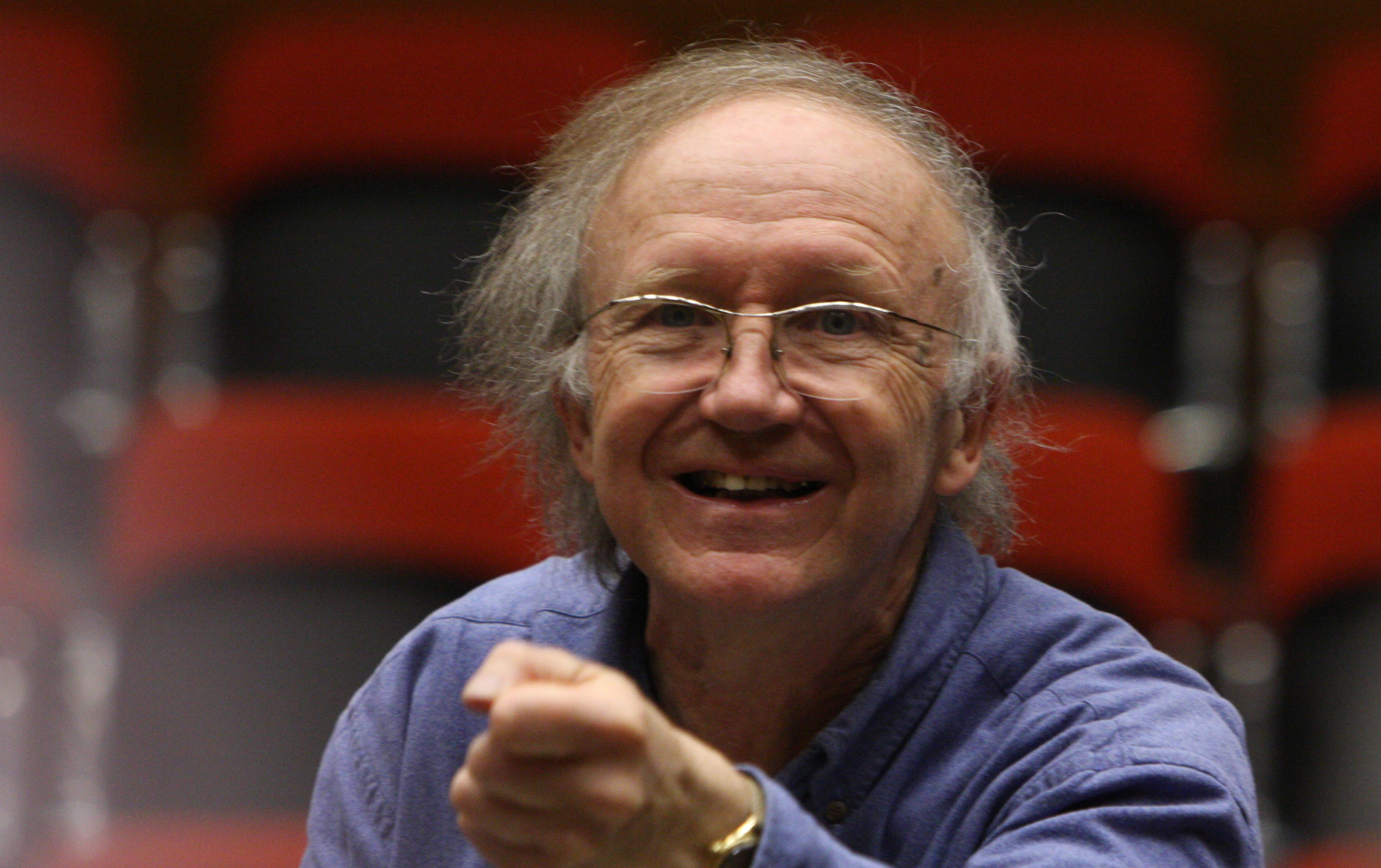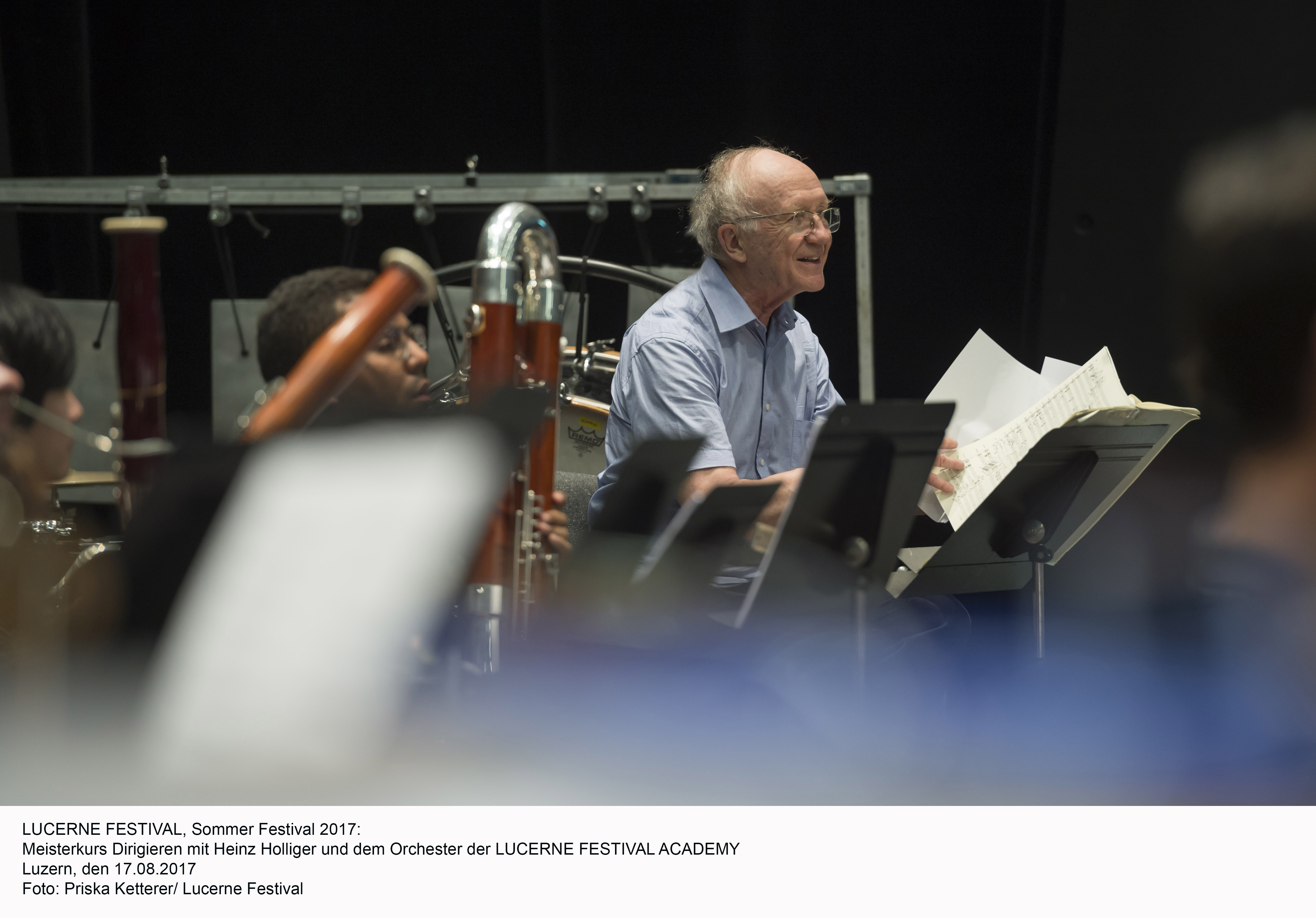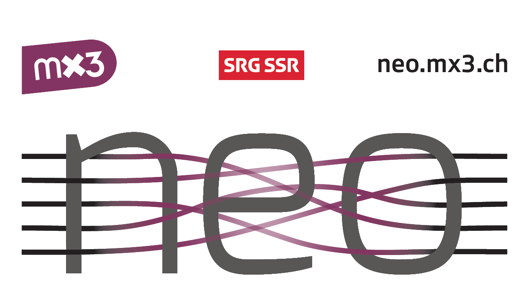The man that developed electronic music in Switzerland like few others and always managed to surprise us with fresh ideas: Thomas Kessler.
It was announced today that the Swiss composer has passed away at the age of 86. An obituary by Thomas Meyer.
Thomas Meyer
A rapper and a string quartet – rather unusual combination. In 2007, Californian slam poet Saul Williams appeared with the Arditti Quartet at the Tage für Neue Musik Zürich to perform the piece NGH-WHT. It was not his first time performing in a classical setting. Two years earlier, he had already recited his texts with an orchestra in Basel, in Said the shotgun to the head. Both pieces were written by Thomas Kessler.
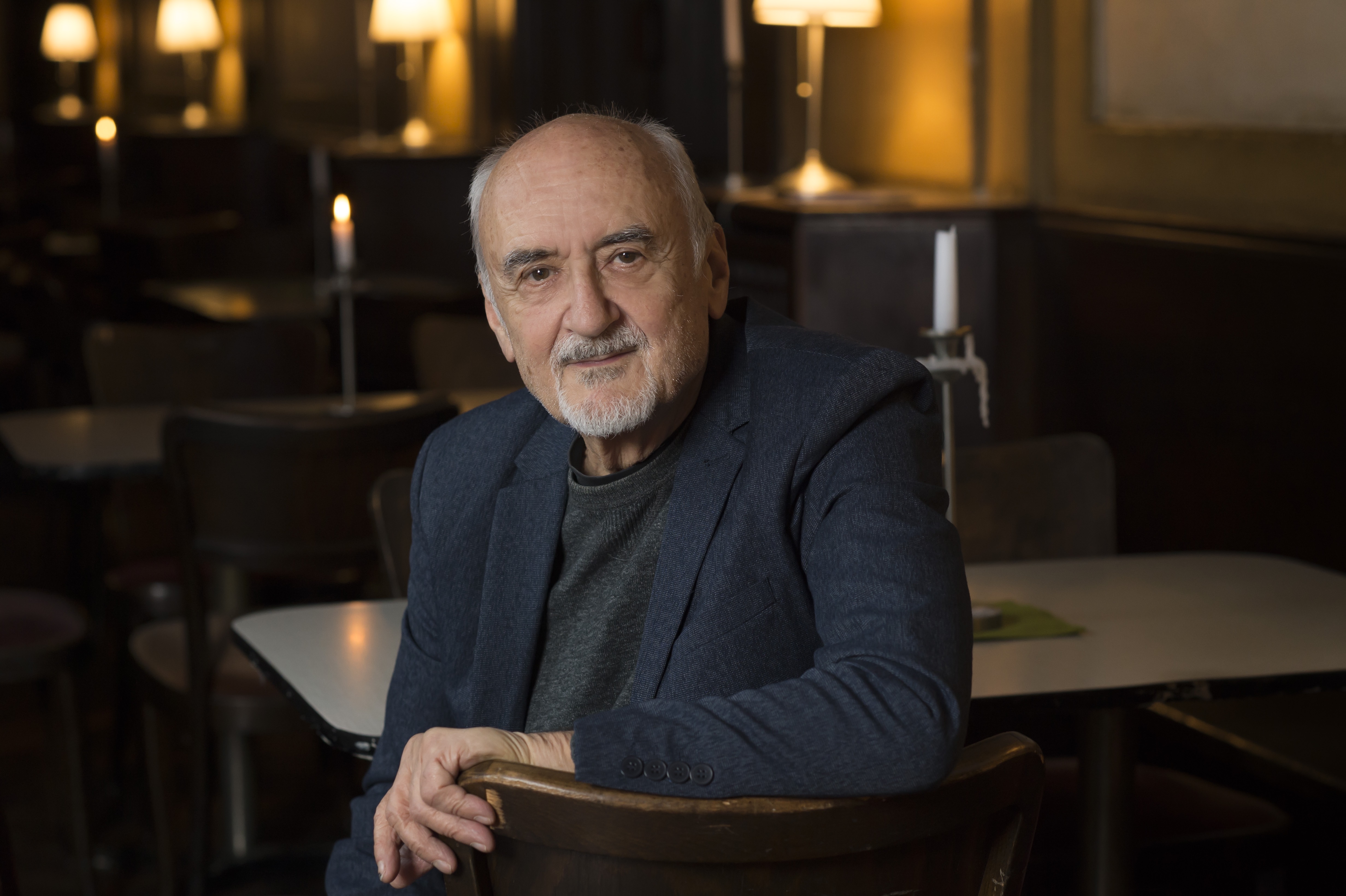
In 2001, right after his retirement, the Swiss musician travelled to Toronto in search of an unusual sound. ‘I was looking for poetry, with rap, but not with an aggressive boom-boom rhythm, something more open or experimental. I searched for a long time, but suddenly I heard something; a poet speaking with a cello solo, which was fantastic. It had rhythm, pulse, but not the way commercial music sounds. I thought, I want to get to know this man.’ Shortly afterwards, he turned up at Saul Williams’ door, who rapped his latest book to him at their first meeting and said: ’Don’t you want to use this?’ and that’s how the collaboration came about.
Thomas Kessler’s NGH WHT for Speaker and String Quartet from 2006/07, interpreted here by the Mivos Quartet and Saul Williams at the Lucerne Festival, KKL Lucerne on August 17, 2019, produced by SRG/SSR.
This search for the unused and this curiosity characterised Thomas Kessler throughout his life. Born in Zurich in 1937, he had always worked independently in – and alongside – the avant-garde. In the 1960s, he founded his own studio in Berlin. Soon young rock musicians were coming in and out of his Electronic Beat studio, discovering new equipment and developing a new sound. So it is hardly surprising that Kessler later turned to rap.
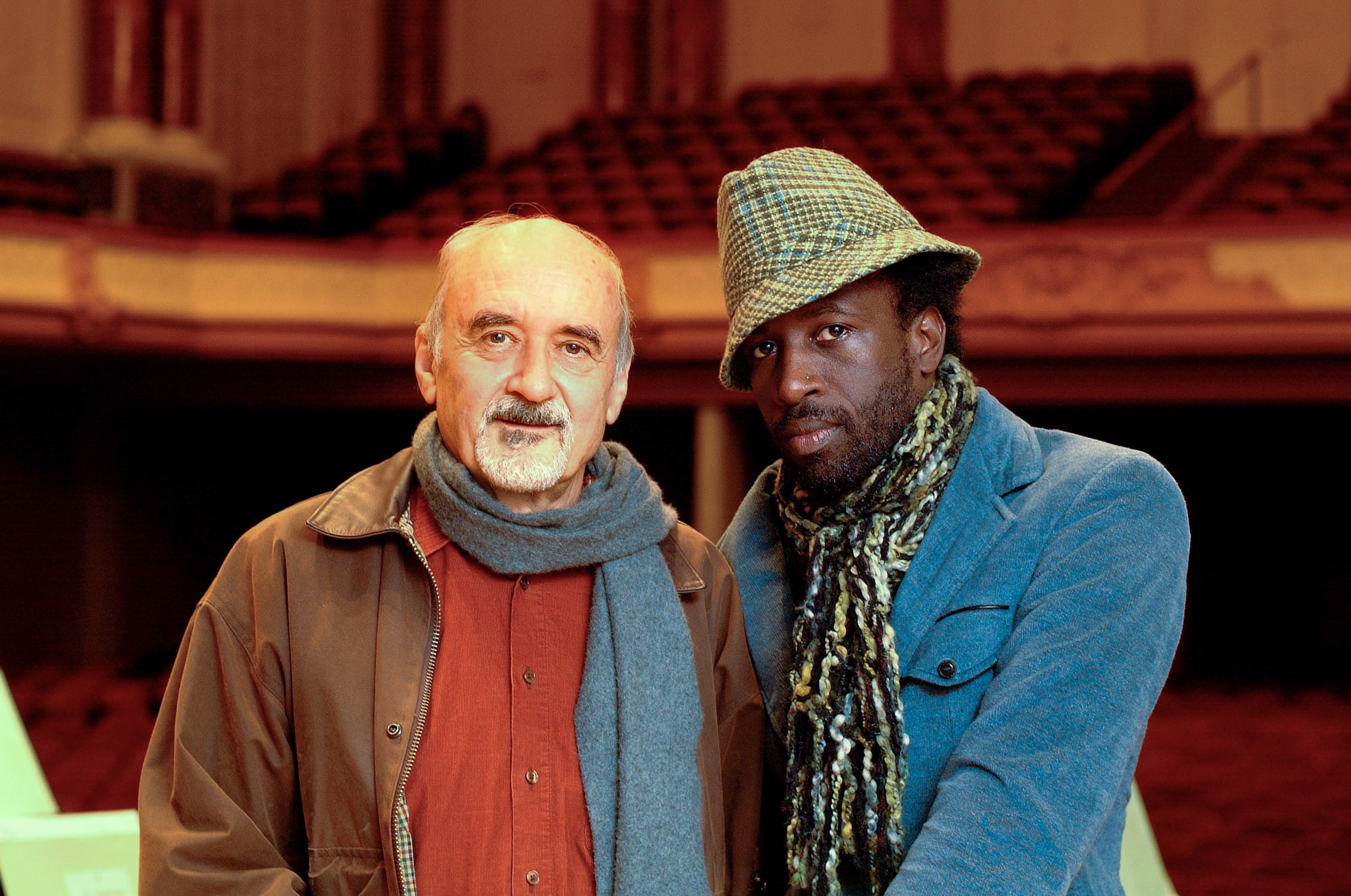
From 1973 onwards, he set up the Electronic Studio at Basel’s Musik-Ackdemie and led it to international renown. But even there and then he was looking for unconventional solutions. One important aspect of his work was the live electronic pieces in which solo musicians took control of the sound themselves and the result was no longer dominated by a centrally controlled mixing console. What began in 1974 with the solo Piano Control culminated in the new millennium in a series of orchestral pieces called Utopia.
Thomas Kessler, Utopia II, for Orchestra and Electronics, 2010/11, Basel Sinfonietta, conducted by Jonathan Stockhammer, Stadtcasino Basel, March 30, 2014, produced by SRG/SSR.
“I wanted to create the ultimate live electronics piece, a utopia. I needed eighty sockets on stage, that’s all. Every orchestral musician comes with his or her own setup, a small case containing a synthesiser or laptop and plugs in the cables; there is a loudspeaker next to the chair and that’s it. Nobody in the hall mixes the sound; no loudspeakers around. The sound comes from the podium, from the musicians.” The orchestras really enjoyed creating this new type of mixed sound themselves, a sound, according to Kessler, “that had never been heard before”.
Thomas Kessler, Utopia III for Orchestra (in five groups) and multiple live electronics, Tonhalle Orchestra Zurich, conducted by Pierre-André Valade, Tonhalle Zurich, October 18, 2016, produced by SRG/SSR.
He was a laterally- and independently- thinking composer and yet it would be wrong limiting Thomas Kessler to a technology freak or a cross-genre innovator. All of this never became an end in itself, but always resulted in a refreshing, sensitively formulated and thoroughly captivating musical outcome.
Thomas Meyer
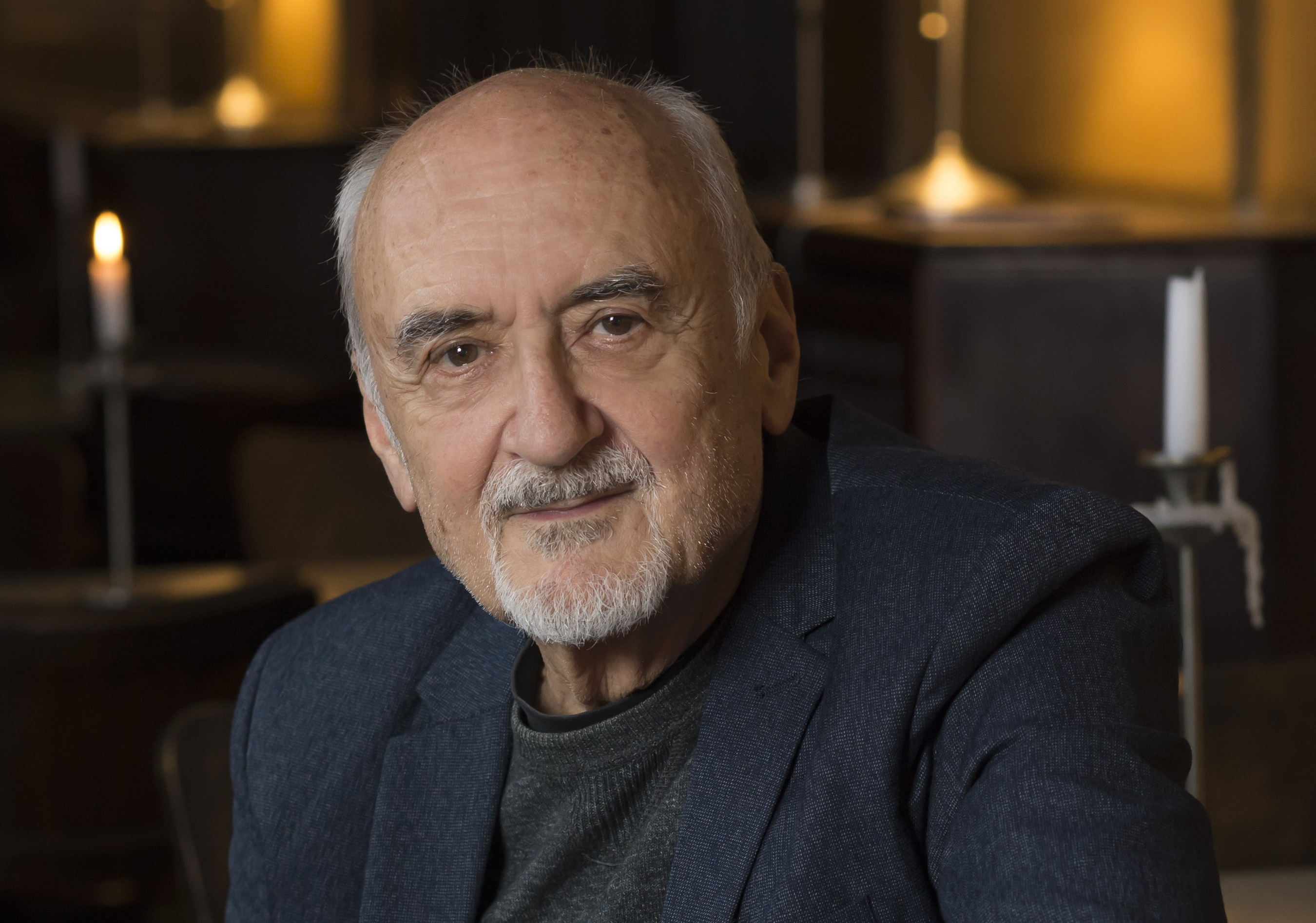
Saul Williams, Elektronisches Studio der Musik-Akademie Basel
features SRF Kultur:
Neue Musik im Konzert, Oratorium von Thomas Kessler und Lukas Bärfuss, 5.1.2022, editor Florian Hauser.
Musik unserer Zeit, My lady Soul I, 28.10.2020, editor Florian Hauser.
neoblog, 8.8.2019: „Ein Mischklang, den man noch nie gehört hat“: Thomas Kessler – composer in residence am Lucerne Festival, author Thomas Meyer
Neo-erofile:
Thomas Kessler


